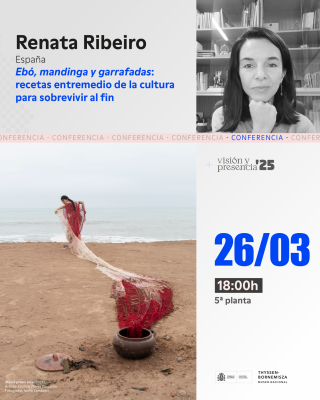Galerías y otras organizaciones que le representan
Organizaciones con obra
Profesionales con obra
Descripción del Artista
Formó parte de la generación de artistas posteriores a El Paso y al Grupo Hondo que protagonizó la vanguardia española a partir de mediados de los 60.
1965
Primera exposición personal en la Galería
Círculo 2, Madrid
Premio Nacional de Grabado 1965
< ENG
Jose Luis Alexanco is the forefather of one the most fertile and experimental times of the Contemporary Arts in Spain and the rest of Europe: The Pamplona Encounters 1972. He developed a project titled MOUVNT. Computable forms, 1968 – 1974, that supposed the first systematical collaboration between art practice and technology and contributed to develop the basis of the Computer Art movement in the late 1960s in Europe. Furthermore, it was key to introduce experimental approaches into the Spanish art scene questioning the official cultural politics during Franco’s ruling.
In 1968 took place Cybernetic Serendipity at ICA in London. It was the first major survey in computer art and milestone in changing art processes. This same year The Computer Center at University of Madrid was founded, the fruit of a visionary partnership with the computer company IBM. They envisioned computers not as powerful calculators, but as brains capable to generate automatic forms.
In the mid 1960s Alexanco was a young artist involved in experimental art practice collaborating with poets, musicians and scientists who were challenging the late Informalism, that persisted being the dominant trend in Europe. He learnt the computer language in an attempt to interweave the human and the machine logics in the process of making a sculpture. Between 1968 and 1973, Alexanco created and developed MOUVNT, a computer program designed to generate automatic forms by turning, expanding, transposing and interpolating a figure.
To establish a creative dialogue with the 7090, the artist had to create a conceptual frame to distribute the information, and he came up with the idea of working with the same system used in toponometry to measure land features as mountains or lakes. As a result, Alexanco divided the sculpture in twenty layers from the bottom to the top of the head and assigned to each stratum a numeric position. All this information was introduced to MOUVNT to generate slight transformations to each of the twenty stratus. Then, all the different layouts were printed as guidelines to build the layers in plexiglass and glued together one on the top of the other following the numeric MOUVNT instructions.
Through MOUVNT, Alexanco explores the posibilites of computer automatic thinking and shows us that this accumulation of data can have symbolic value. MOUVNT challenged the traditional condition of sculpture as an autonomous object proving infinite ends. Therefore each sculpture generated by the program is formally contingent because is part of a possibility rather than a final creative culmination. MOUVNT was one of the first creative softwares that gave the viewer the status of maker allowing us generate our own sculptures.
The exhibition features a video of the software and one of the plexiglass sculptures made through the program MOUVNT, as well as drawings and collages that belong to the ‘before and after’ of this digital practise. His most recent body of work is represented by the series Motivos, where it is still possible to realize some traces of the use of the computer.
Artistas similares

Premio. 13 mar de 2025 - 27 abr de 2025 / Madrid, España
Componer Saberes para imaginar y construir futuros sostenibles

Formación. El 26 mar de 2025 / Museo Nacional Thyssen-Bornemisza / Madrid, España
Ebó, mandinga y garrafadas: recetas entremedio de la cultura para sobrevivir al fin